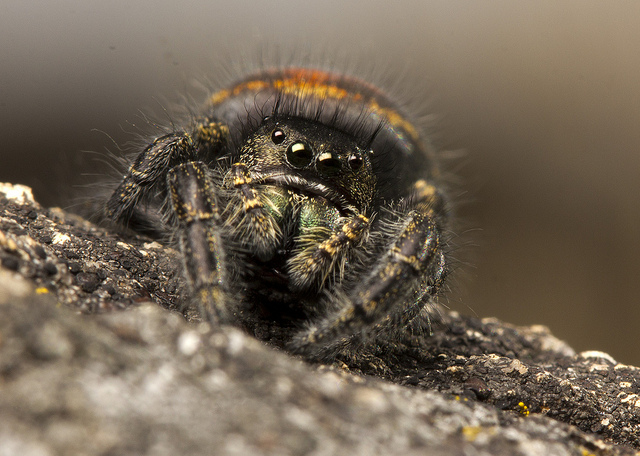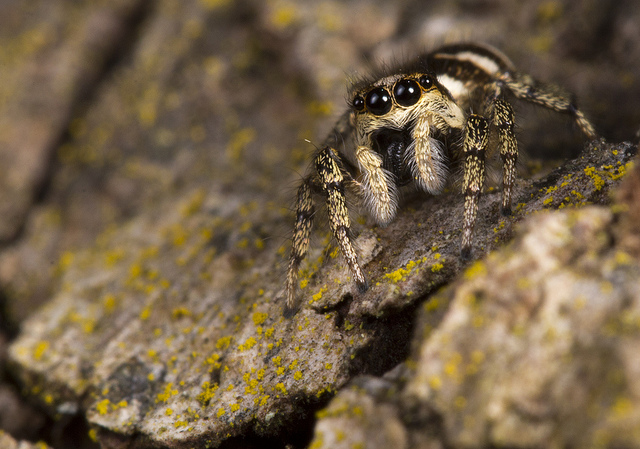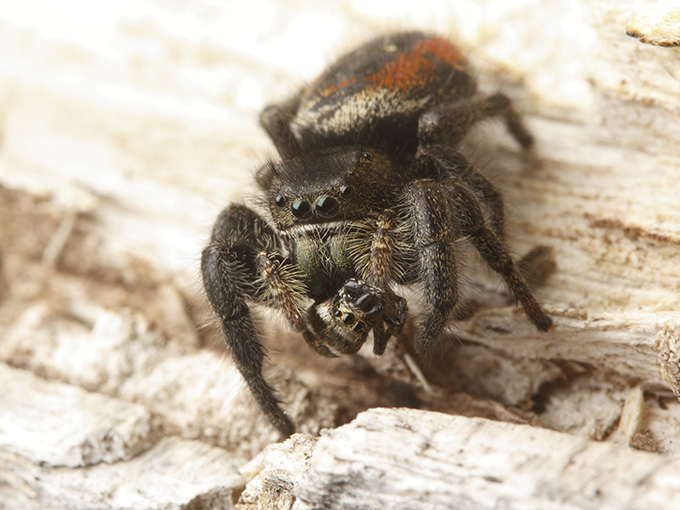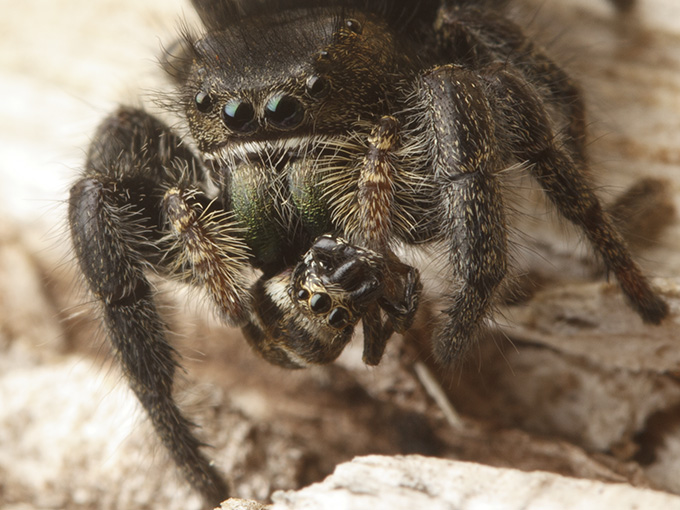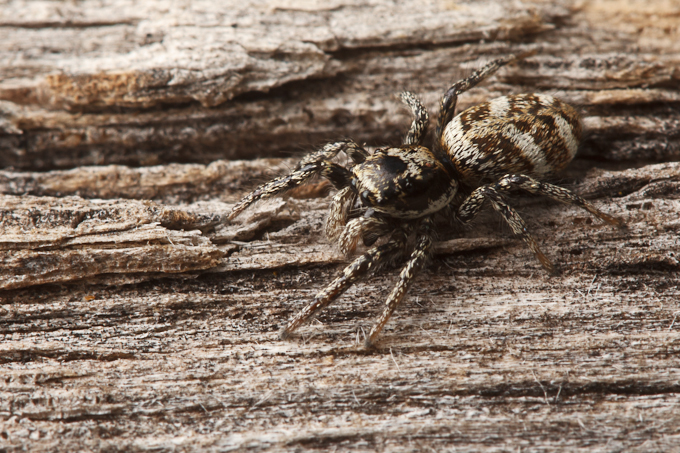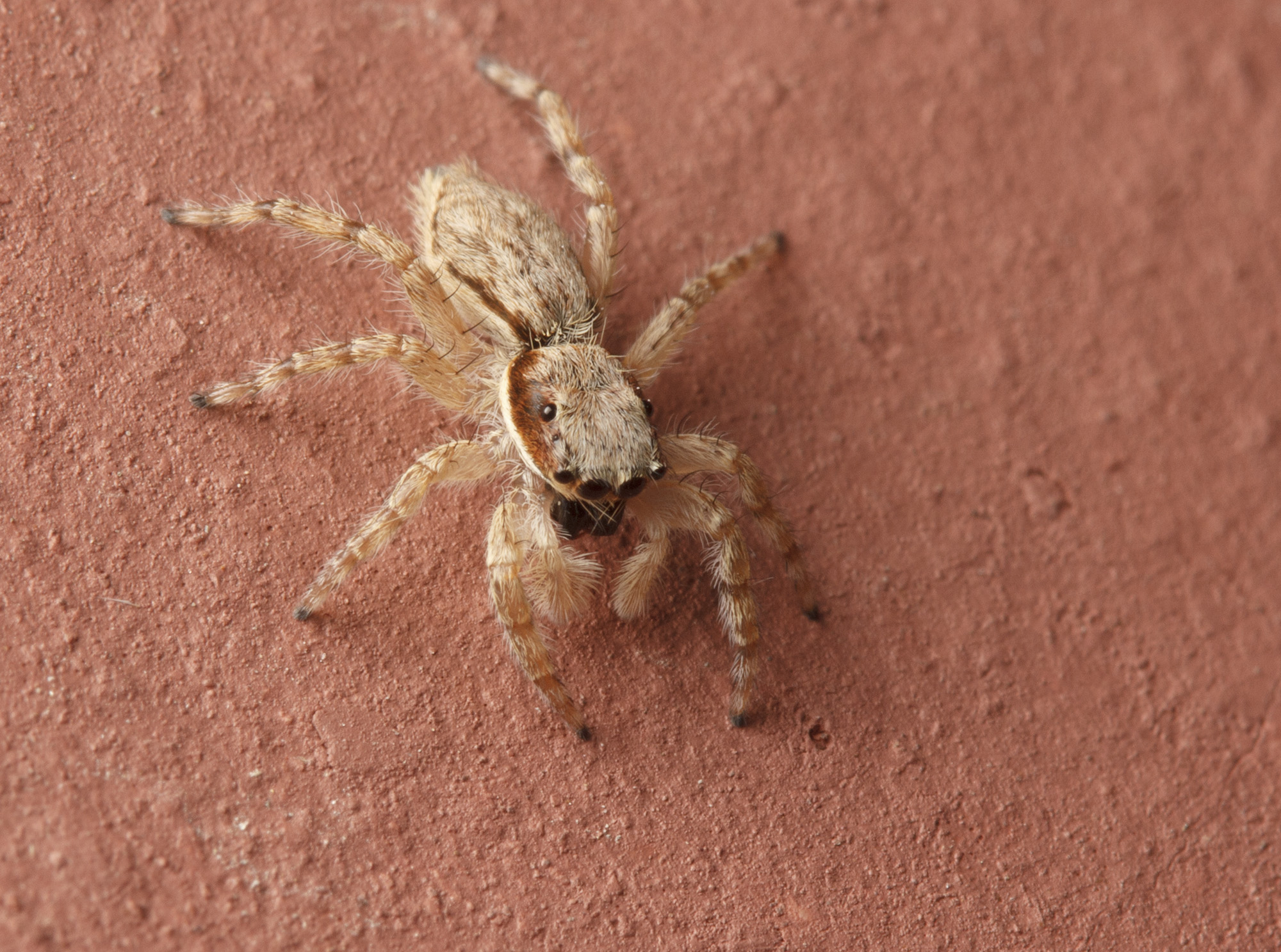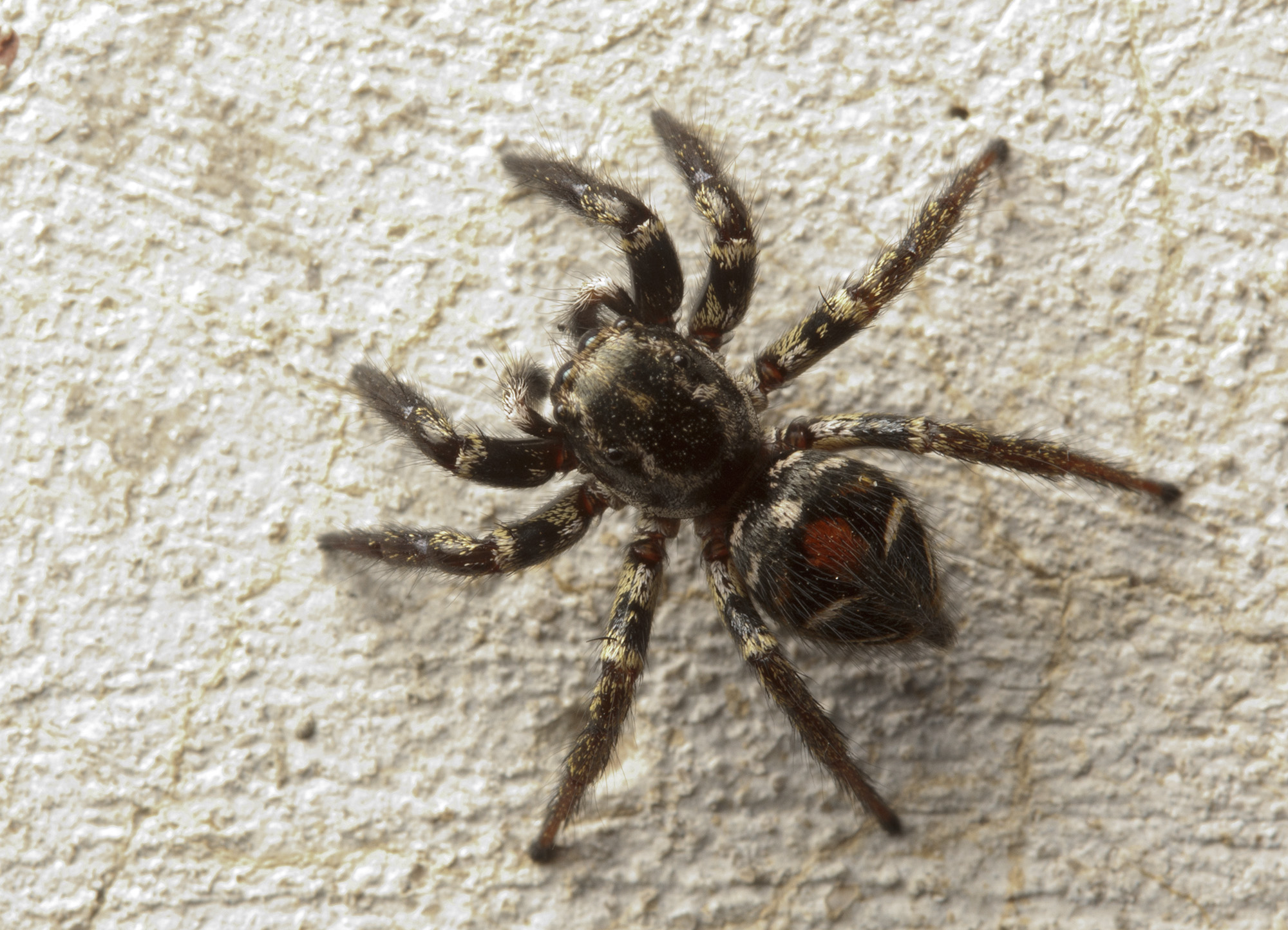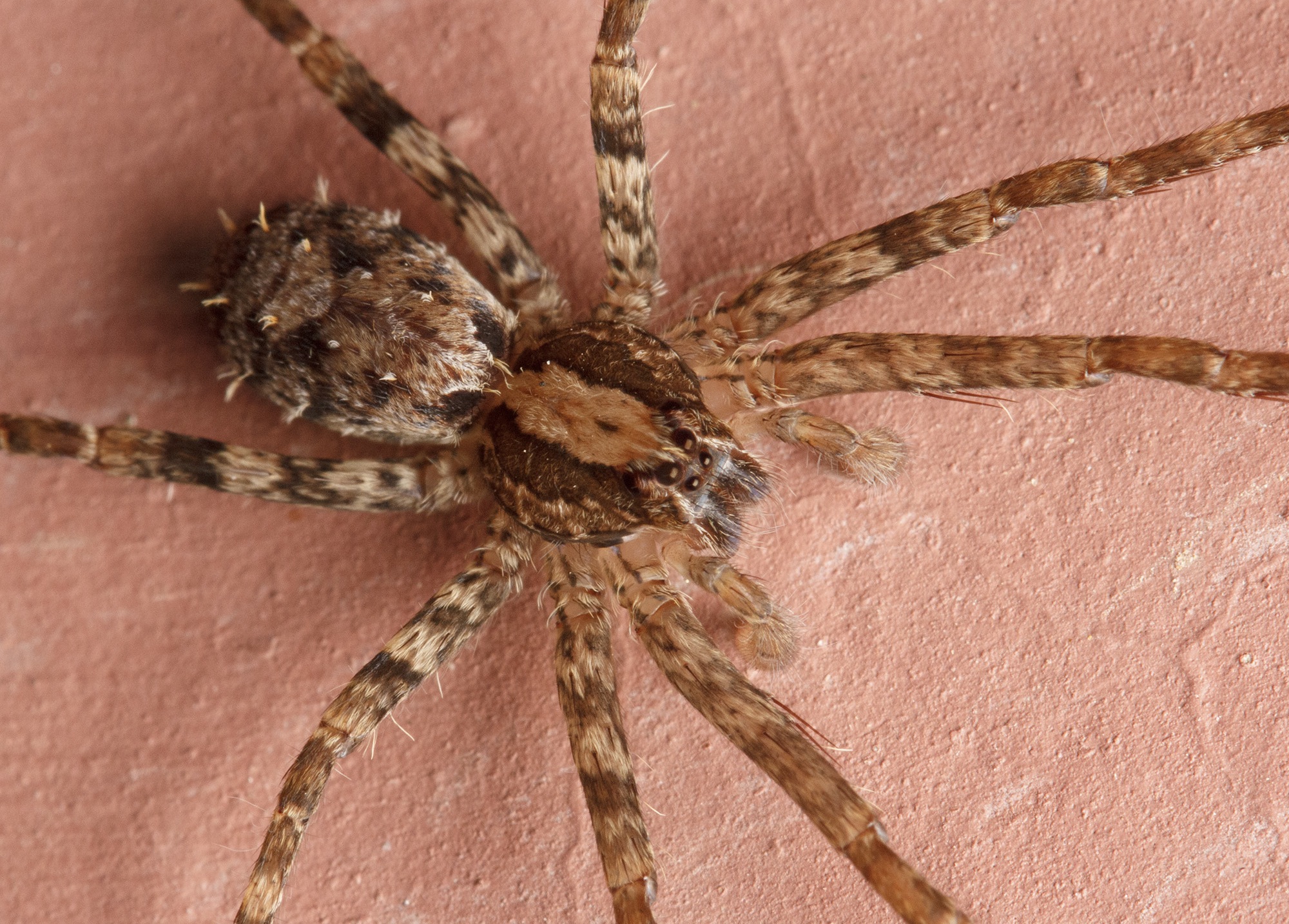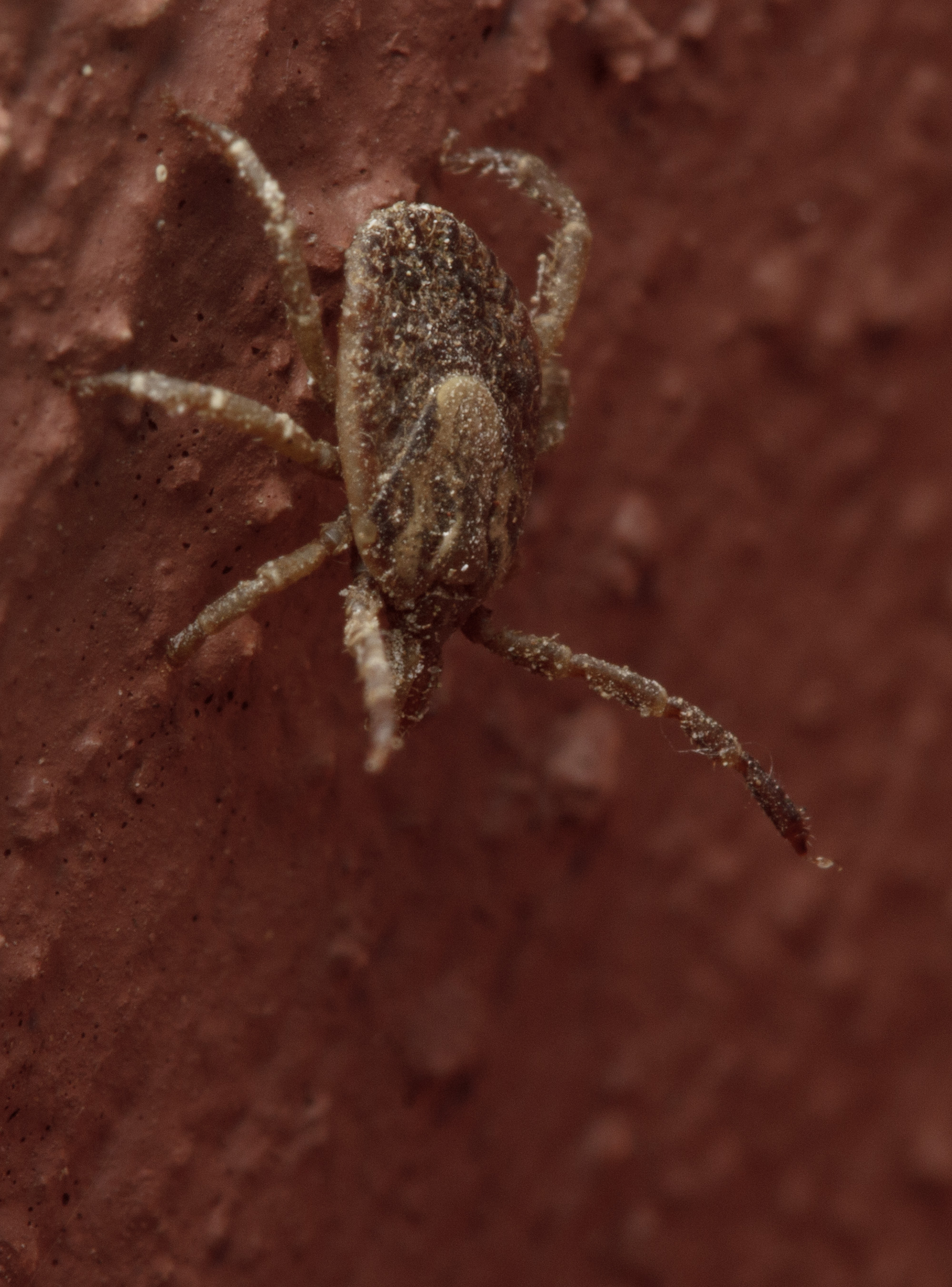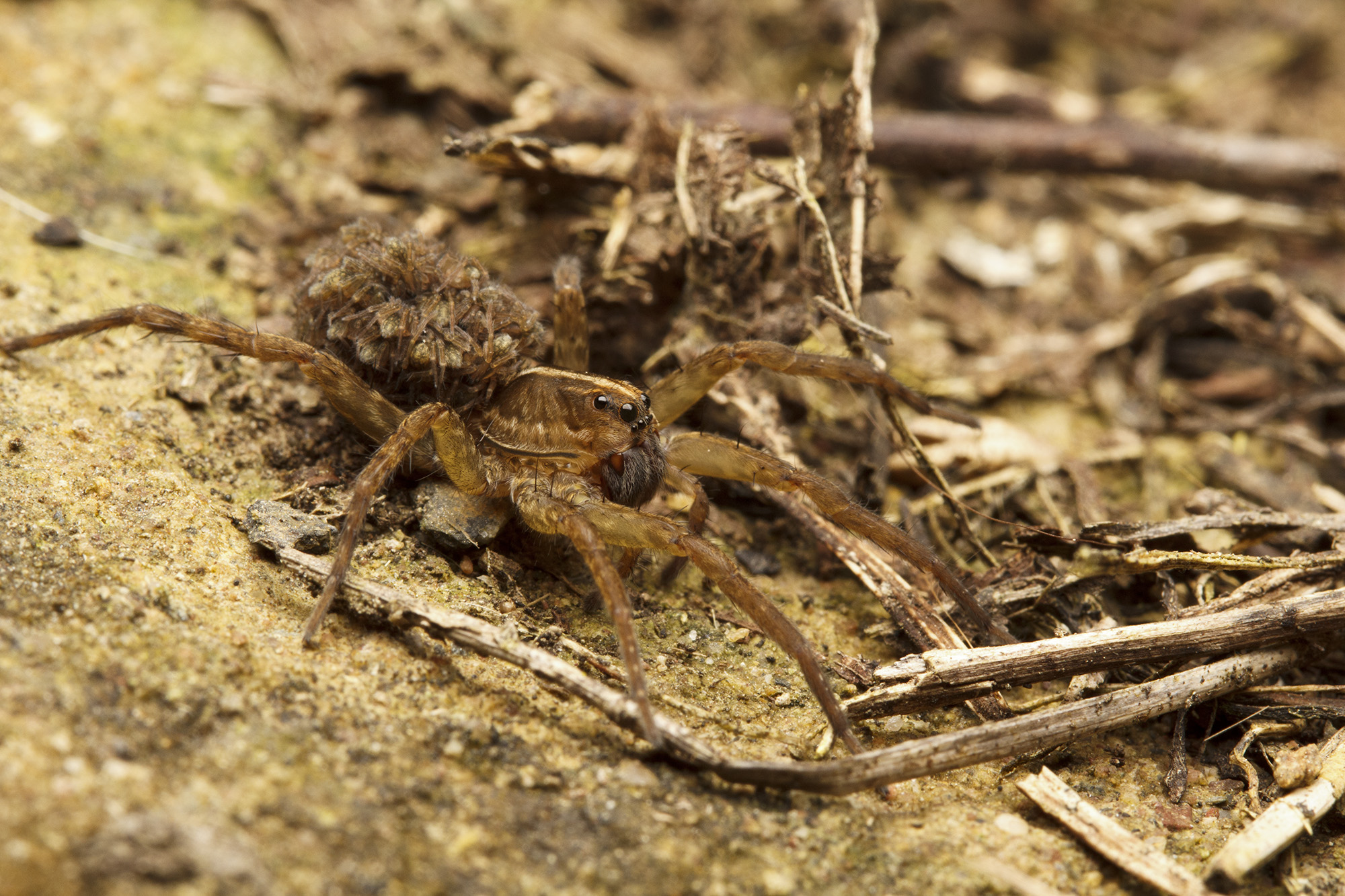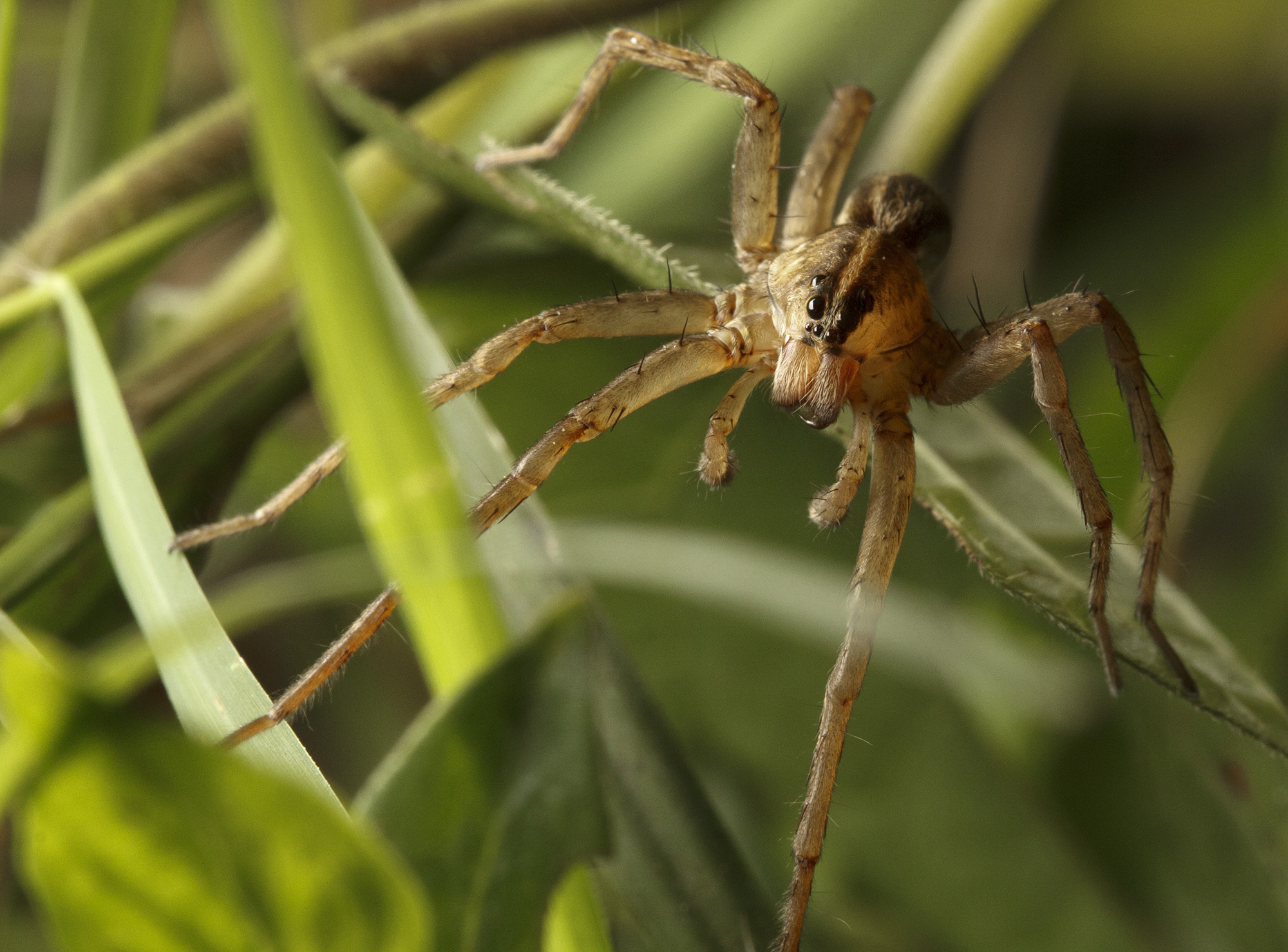Spiders are awesome predators. Although there are a few exceptions, spiders are all professionals when it comes to eating other animals. But spiders have predators too! Who eats spiders? You might be surprised.
Birds are important predators of spiders, particularly in forest canopies.
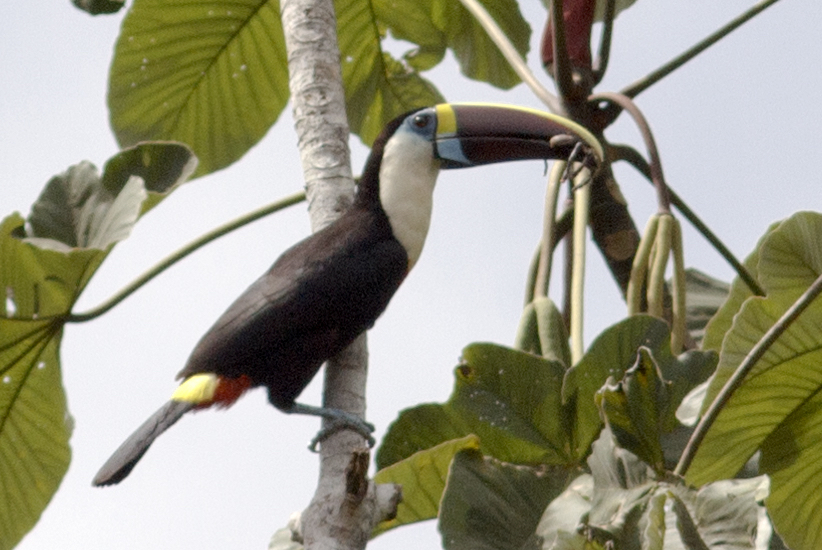
A white-throated toucan eating a large spider in Guyana. Photo: Sean McCann.
Insectivorous birds such as great tits eat a variety of arthropods including insects and spiders. Early in their nesting season, spiders comprise up to 75% of the food great tit parents bring to their chicks!
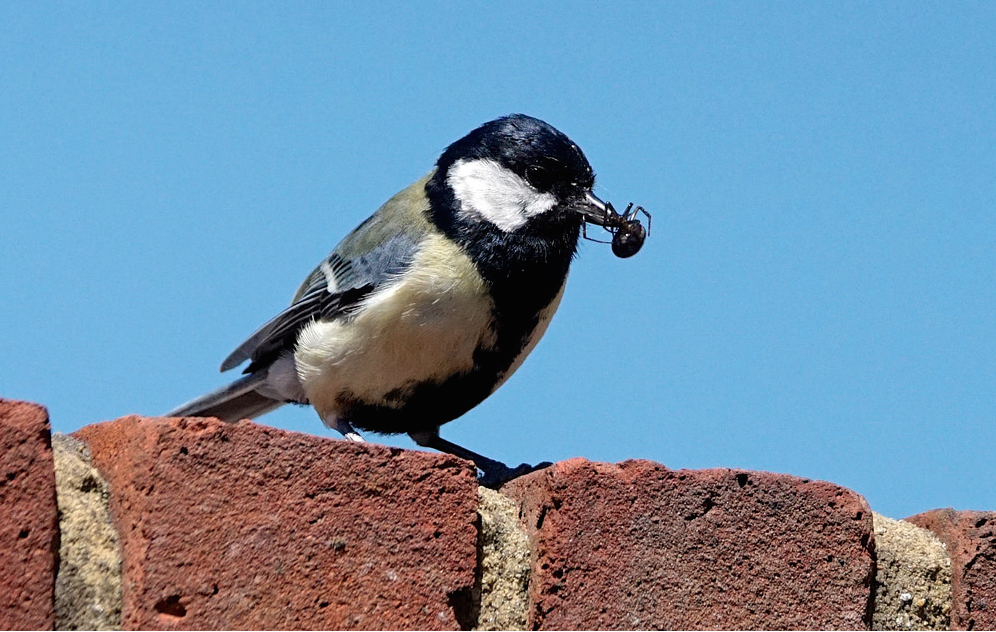
Great tit (Parus major) carrying a false black widow spider – probably a meal for one of its offspring. Photo: Cliff, used with permission.
Spiders are also major predators of other spiders. Some wolf spider (family Lycosidae) species may even be some of their own most important predators. Wandering hunters like wolf spiders and jumping spiders tend to be opportunistic predators and will take most anything they come across, including other spiders.
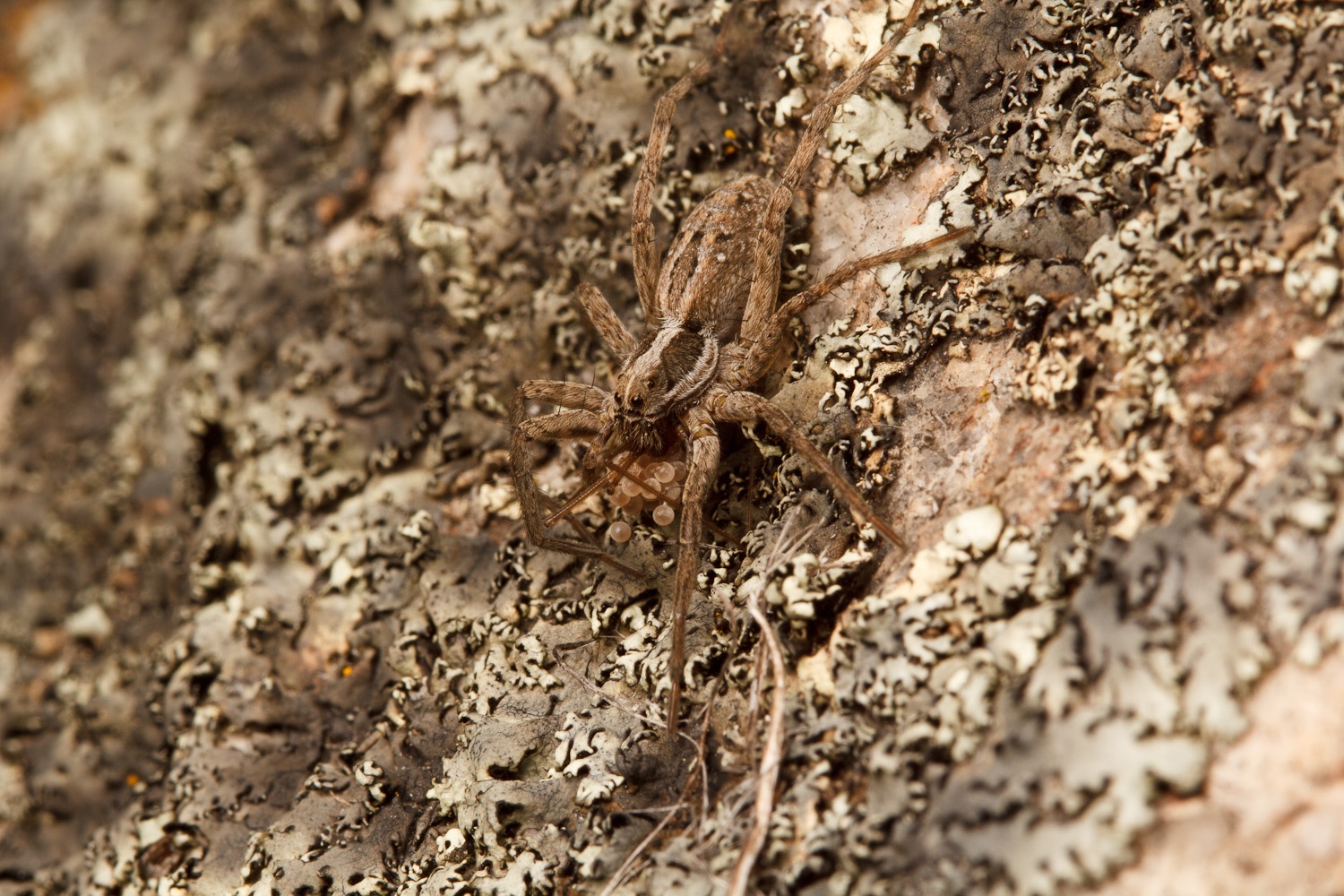
Wolf spider (Lycosidae) eating a female pholcid that was carrying her egg sac – a nutritious bonus snack! Photo: Sean McCann
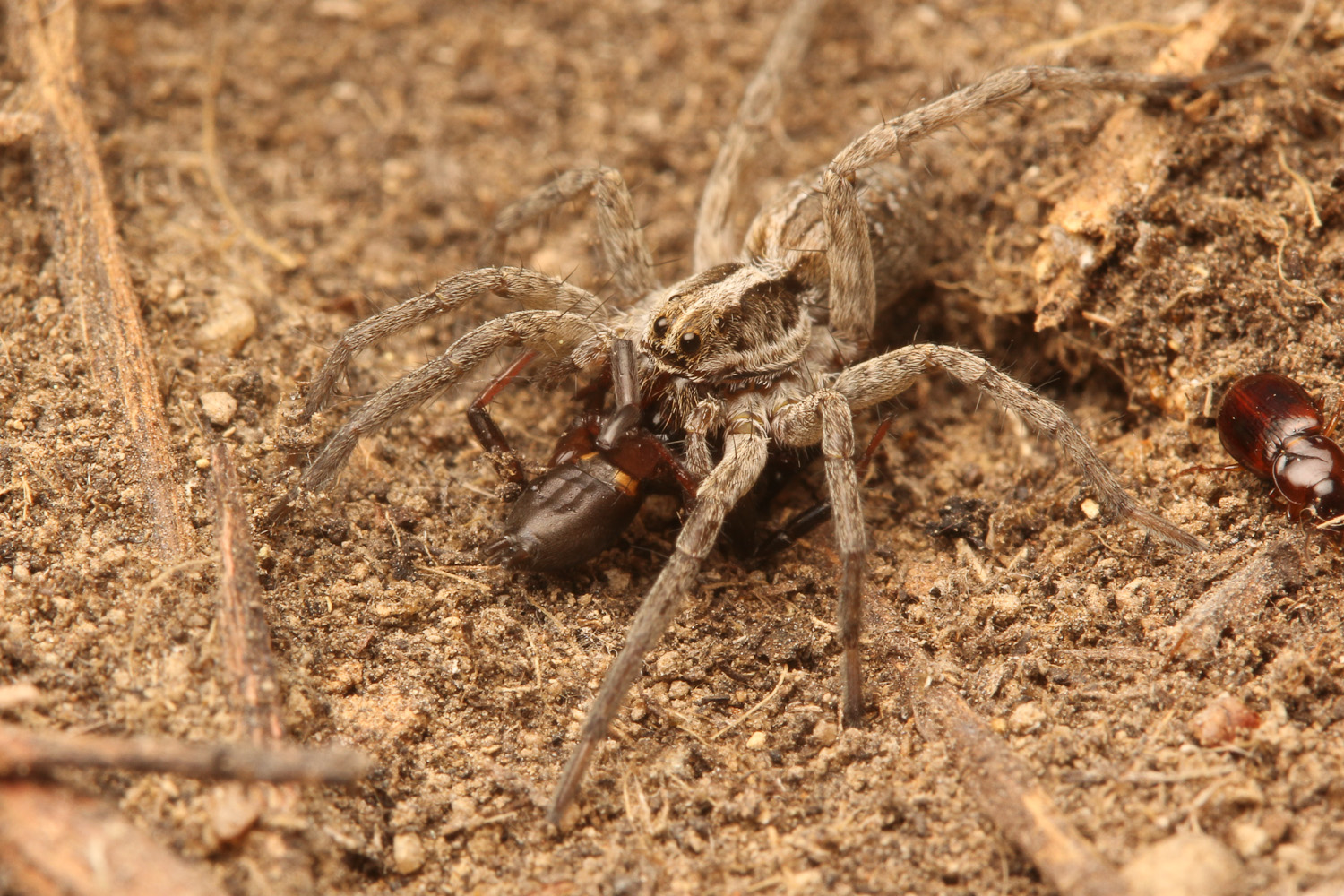
Another wolf spider (Lycosidae) eating a ground spider (Gnaphosidae). Photo: Sean McCann
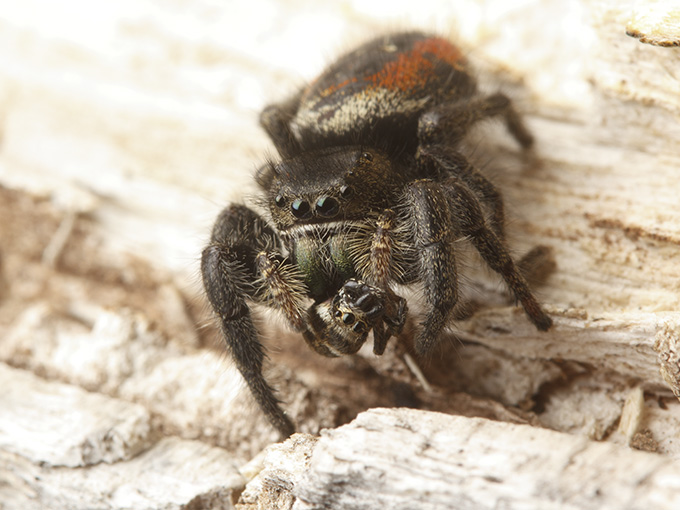
A large female jumping spider (Phidippus) eating a much smaller zebra jumper (Salticus scenicus) Photo: Sean McCann
Some species even specialize on other spiders! Cellar spiders (Pholcus phalangiodes) not only capture insects and spiders using their own webs, but also enter the snares of other spiders and trick the owners into thinking they are prey by vibrating the silk lines. When the resident spider approaches what it thinks will be its next meal, it soon becomes dinner itself. The cellar spider’s incredibly long legs allow it to keep a safe distance while it subdues much larger spiders by wrapping them with silk.
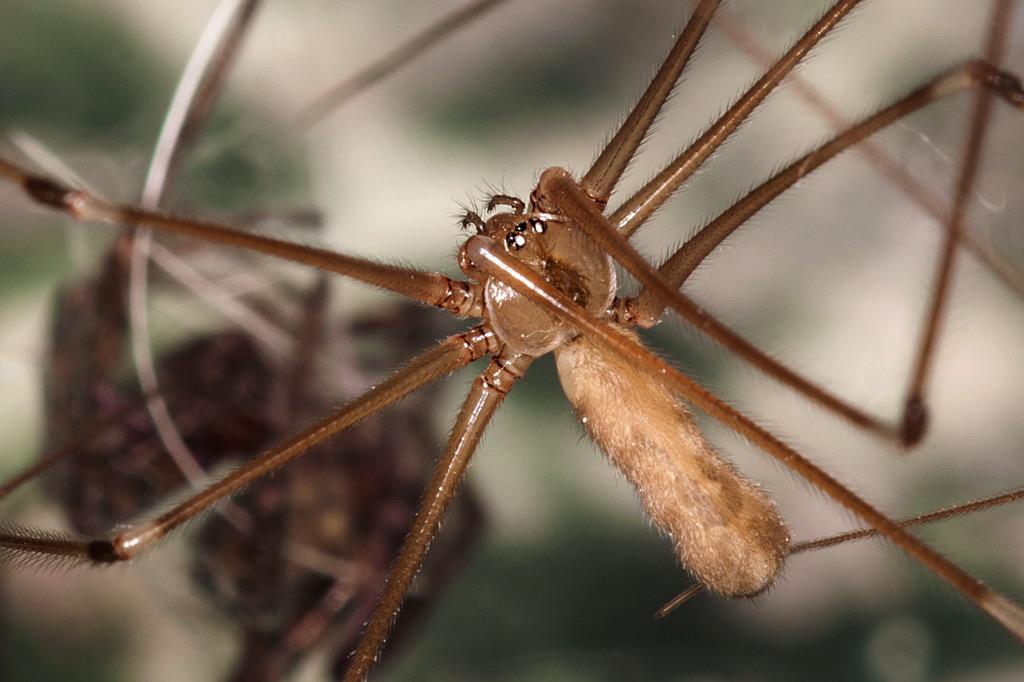
Cellar spider (Pholcus phalangiodes) wrapping a much larger spider (possibly a lycosid) with silk in preparation for a very filling meal. Photo: Karla Thompson, used with permission.
Perhaps the most fearsome enemies of spiders are spider wasps in the family Pompilidae. Huge ‘tarantula hawks’ in the genus Pepsis (they can be up to 8 cm long with a 10 cm wingspan!) can take even very large tarantulas. First the wasp stings the spider, paralyzing it almost immediately. But things get much, much worse from there.
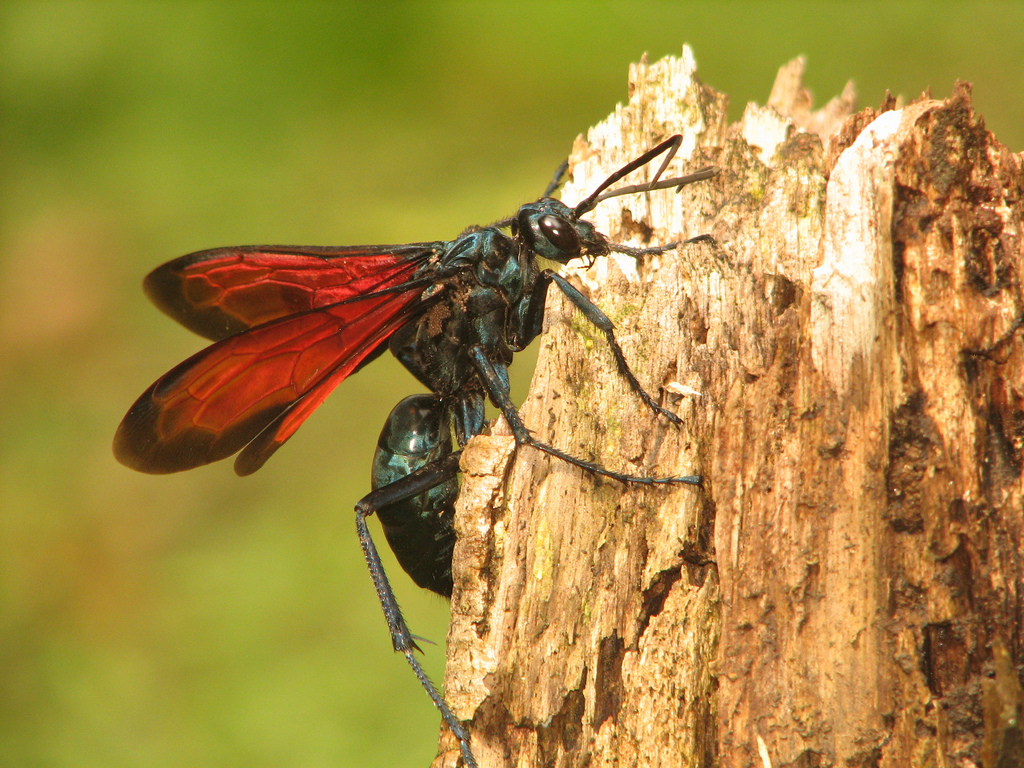
Tarantula hawk (Pepsis sp.) in French Guiana. This enormous wasp is 3 inches (8 cm) long! Photo: Sean McCann.
The wasp drags the paralyzed tarantula into a burrow, and lays a single egg on its abdomen. The spider remains paralyzed and trapped underground until eventually it meets its gruesome demise when the wasp larva emerges and begins to eat it alive.
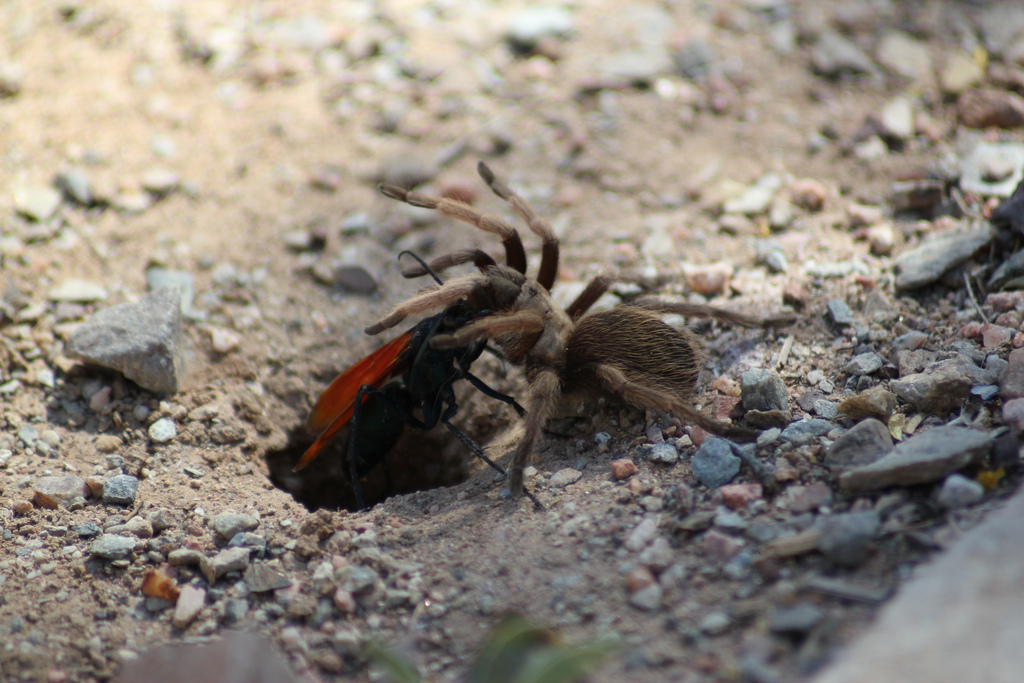
A spider wasp dragging its victim (a paralyzed tarantula) into a burrow where it will become food for a baby wasp. Photo: David Crummey, licensed under CC BY 2.0
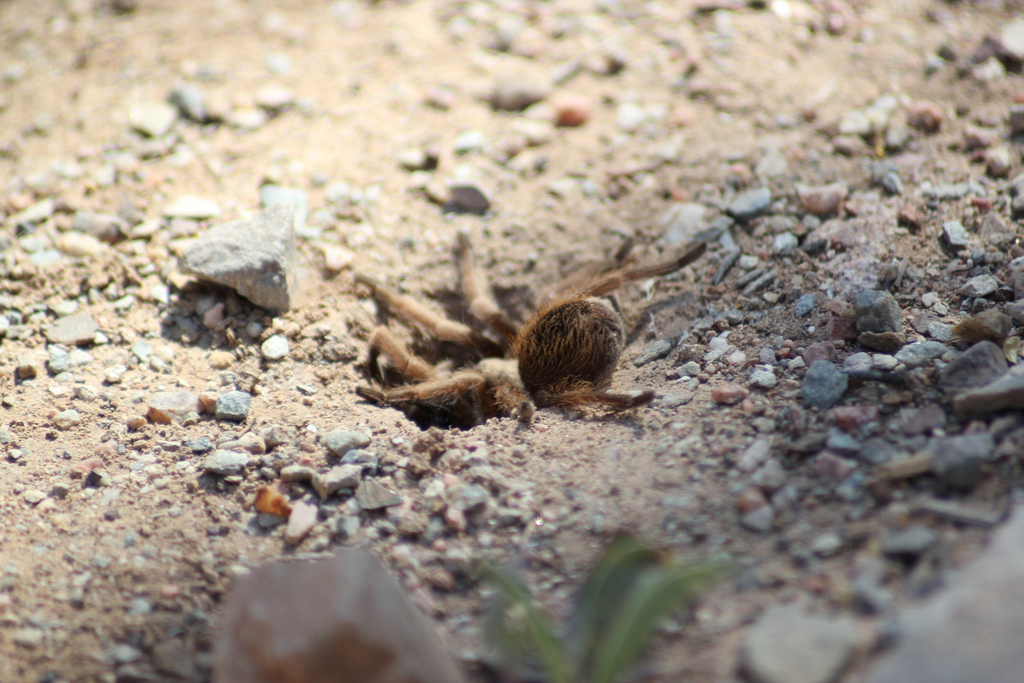
Poor spider! Photo: David Crummey, licensed under CC BY 2.0
So birds, spiders, and wasps are regular spider-eaters, but many others animals also partake now and then. Here are a few occasional predators of spiders:
A toad’s diet may be up to 5% spiders.
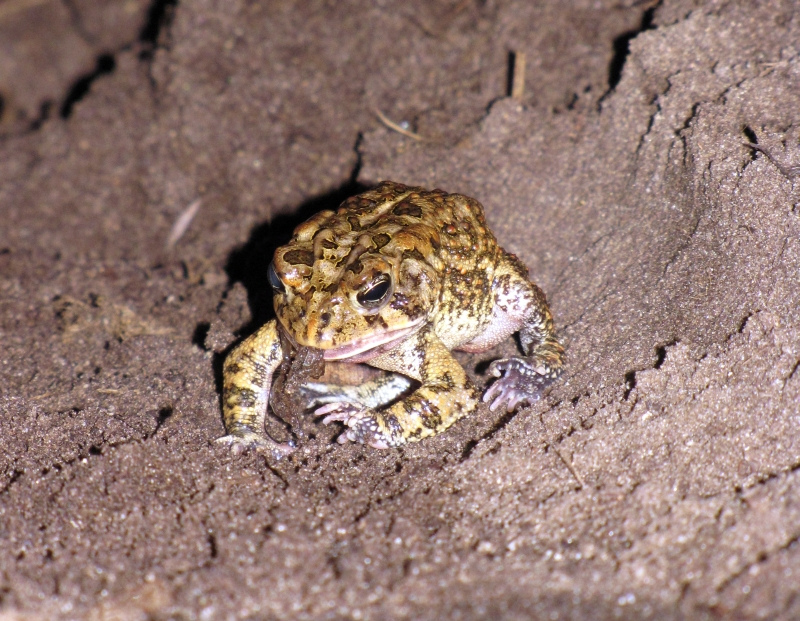
Southern toad, Anaxyrus (Bufo) terrestris, eating a spider. Photo: Scott Beazley, licensed under CC BY 2.0
Lizards also eat spiders. In the Bahamas and the Caribbean, islands without anoles have 10 to 30 times as many spiders as islands without these lizards, suggesting that they can be rather important predators.
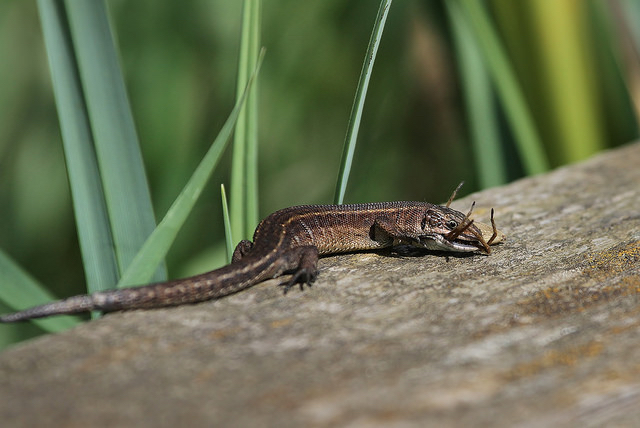
A lizard eating a spider. Photo: Jo Garbutt, licensed under CC BY 2.0.
Monkeys and humans also sometimes eat spiders! Fried tarantulas are a delicacy in some places in the world, including Cambodia. Although entomophagy (eating insects) is becoming popular as a more sustainable alternative to meat, I have to say that I’m not a big fan of the idea of eating tarantulas, which are slow-growing and long-lived creatures.
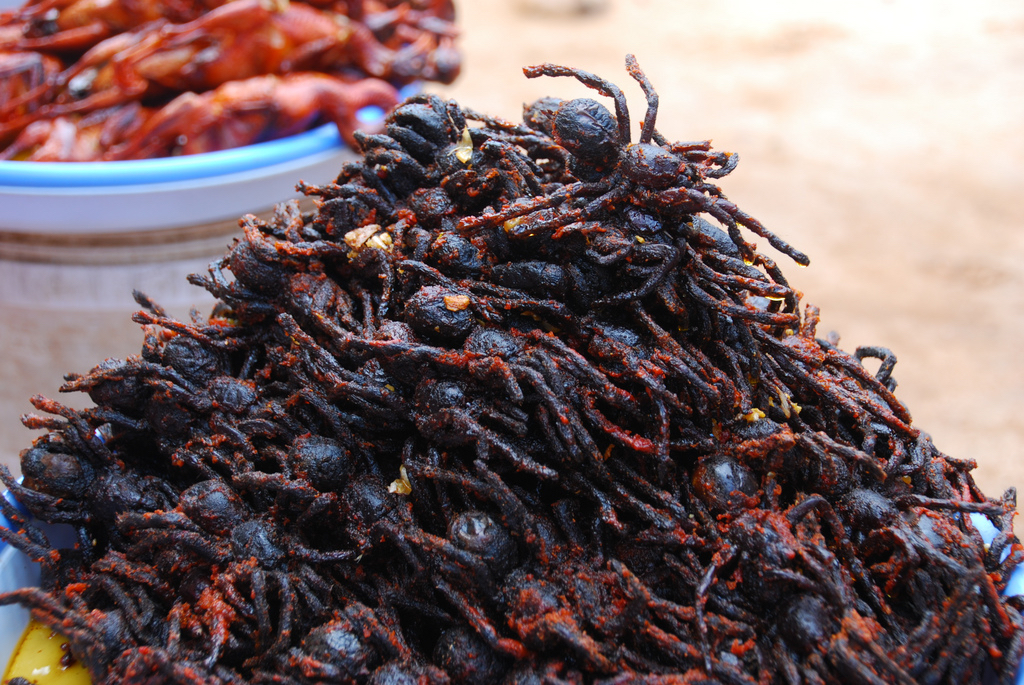
Fried tarantulas in Phnom Penh, Cambodia. Photo: Matthew Stevens, licensed under CC BY-NC-ND 2.0.
Finally, fish, bats and shrews also eat spiders occasionally. This certainly isn’t an exhaustive list, but I hope it gives you an idea of the range of animals that eat spiders. Stay tuned for future posts on some of the surprising things that spiders eat!
References
Edgar, W. D. (1969). Prey and predators of the wolf spider Lycosa lugubris. Journal of Zoology, 159(4), 405-411.
Foelix, R. (2010). Biology of spiders. Oxford University Press.
Gunnarsson, B. (2007). Bird predation on spiders: ecological mechanisms and evolutionary consequences. Journal of Arachnology, 35(3), 509-529.
Jackson, R. R., & Brassington, R. J. (1987). The biology of Pholcus phalangioides (Araneae, Pholcidae): predatory versatility, araneophagy and aggressive mimicry. Journal of Zoology, 211(2), 227-238.
Naef‐Daenzer, L., Naef‐Daenzer, B., & Nager, R. G. (2000). Prey selection and foraging performance of breeding Great Tits Parus major in relation to food availability. Journal of Avian Biology, 31(2), 206-214.
Nyffeler, M., & Knörnschild, M. (2013). Bat predation by spiders. PLOS ONE, 8(3), e58120.

